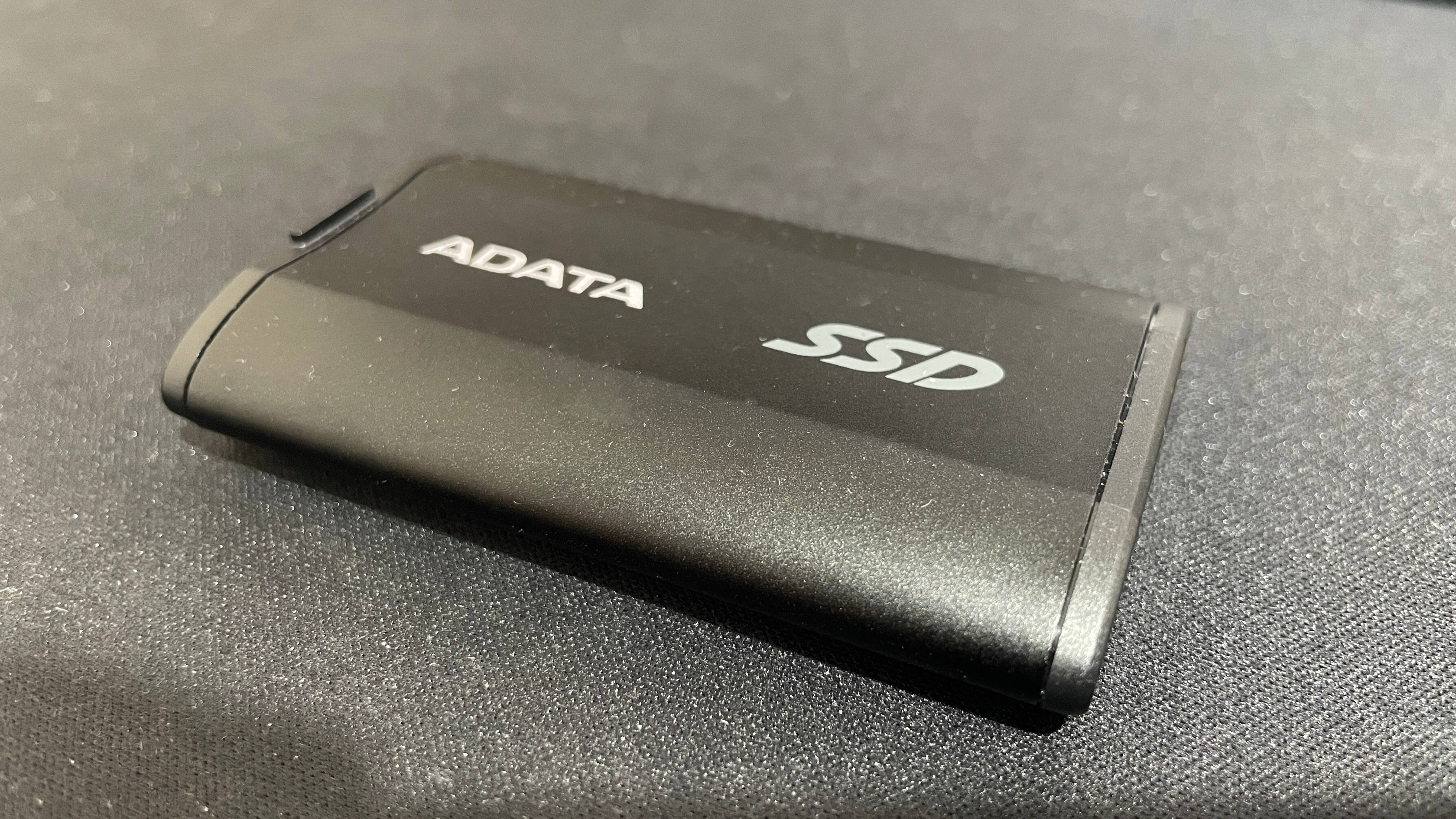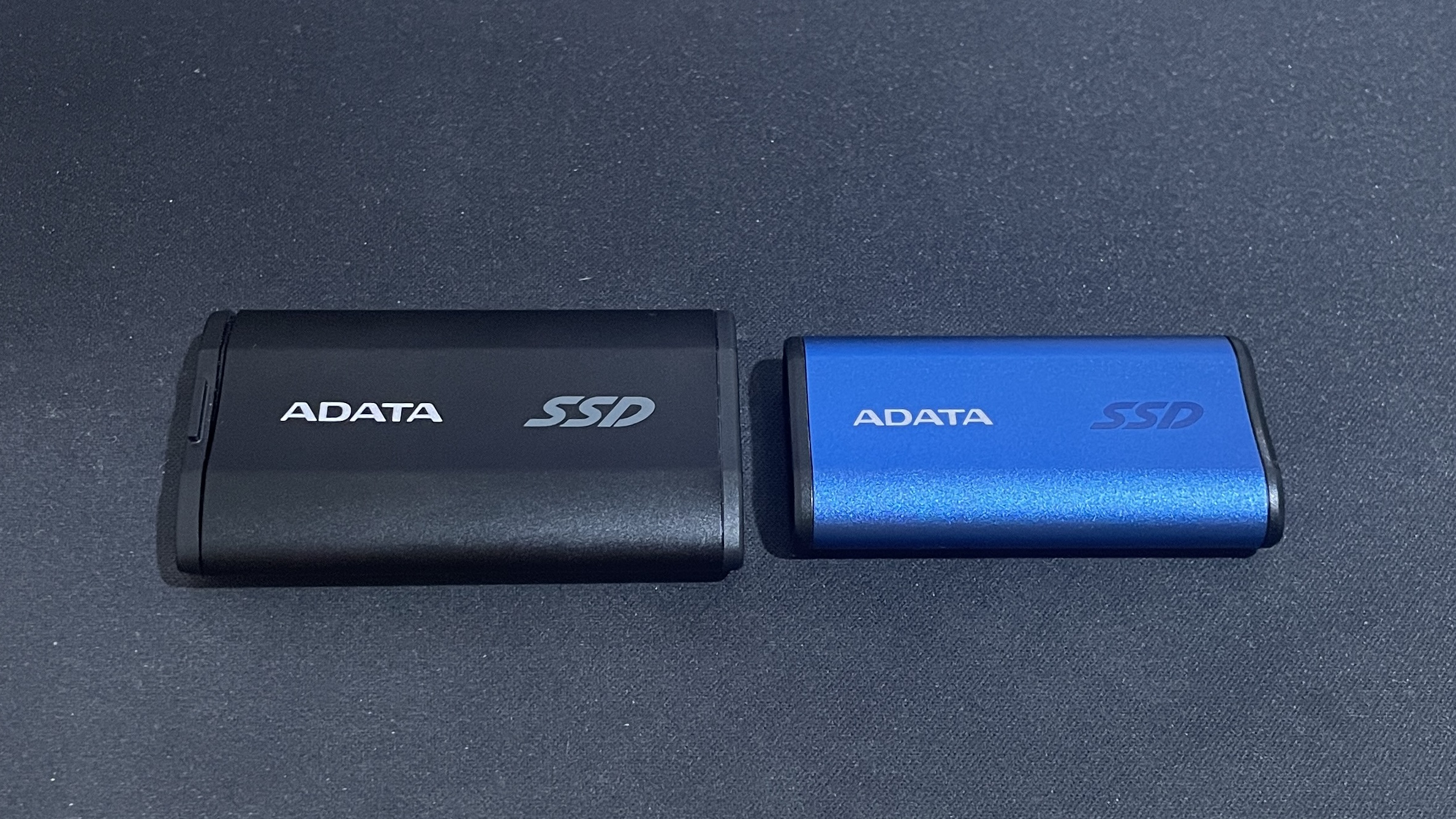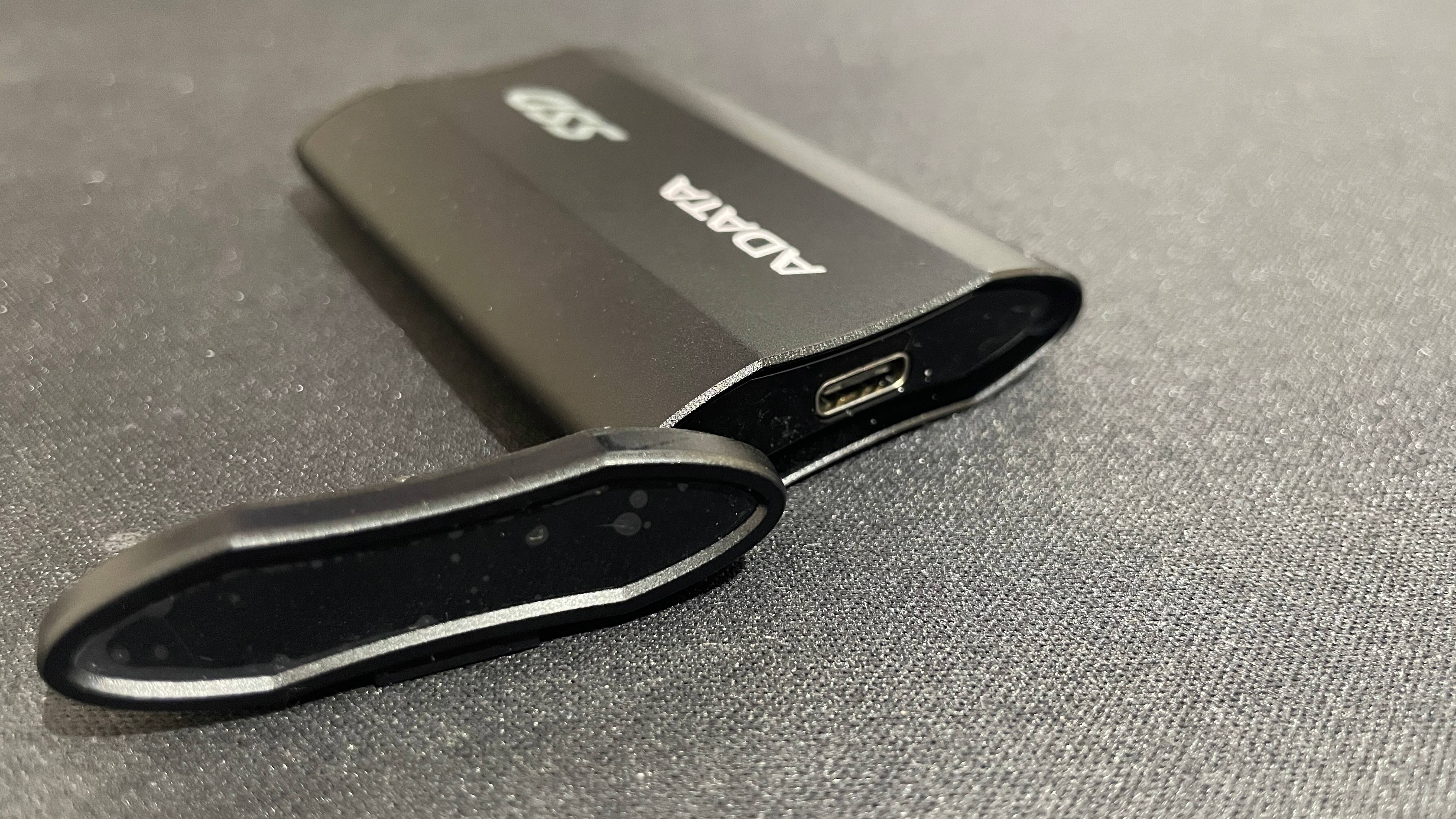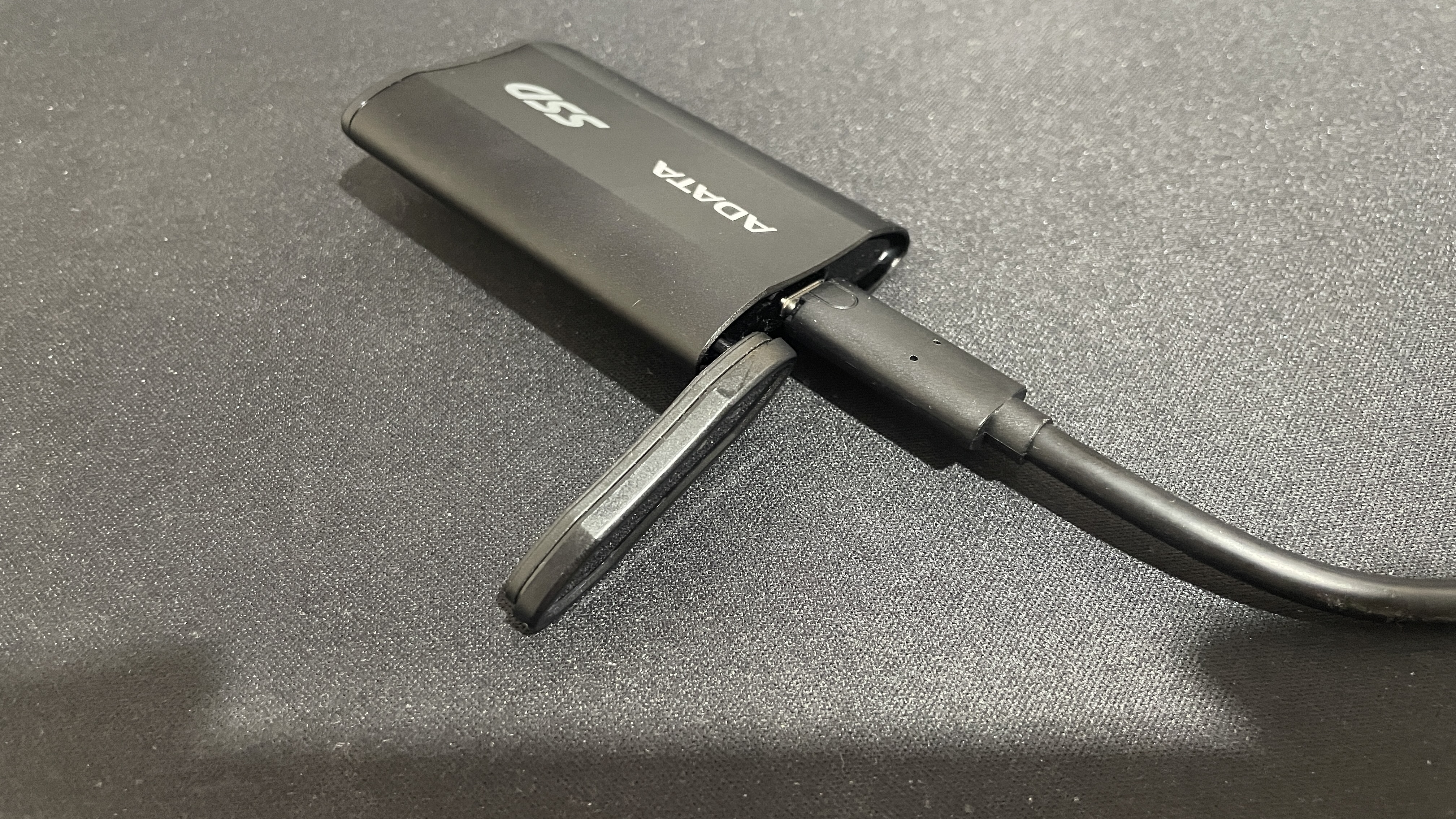
It pleases me to say we're firmly planted in a new era for external SSDs. For the longest time, it was hard to recommend anything other than a 10 Gbps drive such as the (still-wonderful) Crucial X6 because that's all that most motherboards could manage. Now, however, 20 Gbps SSDs like the ADATA SD810 are widely supported, much to the benefit to us gamers.
It's not just a USB generation thing, either. It's also a value thing. USB 3.2 Gen 2x2 external SSDs such as the SD810 are now very reasonably priced, making it difficult to recommend an older drive unless you're on a strict budget or have an older PC that doesn't have a Gen 2x2 port.
For most people using a modern gaming PC, however, USB 3.2 Gen 2x2 is where it's at, and in this segment, the SD810 rules the roost. It's everything I value in my hardware, whatever that hardware may be: Simple, fast, effective, and reasonably priced. No flashy gimmicks, no unnecessary padding, just a solid drive that delivers where it matters.
What does matter is obviously transfer speed—fast and consistent peak speeds—but also portability, durability, and sensibility. The SD810 is very sensible. You unpackage it and are greeted with a dinky brushed metal drive that's strangely pleasant to hold and pocket. For those familiar with its ostensible predecessor, the ADATA SE880, it has the same kind of design same but is a little bigger.
That is, except for one addition. The SD810 has a plastic cover along one side that, given a somewhat hefty push, pops off to reveal the USB-C port. While perhaps a little difficult at first, after a while you get used to pushing your thumb against the raised edge until it opens with a satisfying pop.
This is what I mean when I say this SSD keeps its value by shedding anything unnecessary. There's just what's practical, like this cover which grants it an IP68 rating, meaning it's "dust-tight" and "protected against the effects of continuous immersion in water." That's about as high of an official ingress protection rating as you can get without stepping into ridiculous military-grade territory.




This is all about dust and water, though, and says nothing about "rugged" drop protection. On that front, all I can say is that I definitely dropped it a couple of times from desk-height when testing, and it was fine. I wouldn't make a habit of it though, since this thing definitely doesn't feel designed to be super drop resistant.
Again, though, that's what I love about it: It sticks to what's really important for most people. Most people aren't going to be dropping this thing from a height, but it could certainly do with the protection from rain or backpack crumbs as you transport it around. On these fronts it's solid as can be.
None of this would matter, of course, if it couldn't perform. Thankfully, it can. In fact, it performed better than any other 20 Gbps drive I set it against for most use cases. I say "for most use cases" because if you're thinking of doing lots of 250+ GB file transfers, something like the Samsung T9 might be more efficient because, by some wizardry I still don't quite understand, it managed to maintain a half-peak transfer speed throughout the full 15-minute test.
For the vast majority of use cases, though, where you won't be regularly transferring over 250 GB of data at a time, the SD810 delivers spades and buckets of continuous peak transfer performance. As shown in my IOMeter test, we're talking 260 GB of sequential data transferred at about 1,750 MB/s over 2 minutes and 30 seconds before the SLC cache is exhausted and speeds slow down.
That's about the same peak speed as other 20 Gbps drives, but maintained for much longer, which points to a 250-260 GB SLC cache, which would be considered big even on a decent M.2 drive. Just note that this peak speed depends on the fast USB 3.2 Gen 2x2 port, so don't expect similar performance unless you have such a USB port to plug it in to.
It somehow managed to stay cooler than other drives I tested, too, maxing out at just 54 C. It idles a little higher than some at 33 C, but who really cares about idle temp anyway?
✅ You want consistently fast speeds: This drive maintained its peak speeds for much longer than any other drive I tested.
✅ You want dust and water protection: The SD10's dust cover is great at stopping its USB port getting clogged.
❌ You don't have a USB 3.2 Gen 2x2 port: Without such a port you won't be able to make use of this drive's fast transfer speeds.
❌ You need something truly drop-proof: This isn't the most rugged drive ever, and there are better options if you need something really drop-proof.
Its random 4k reads and writes aren't anything to write home about compared to other similar drives, but they're all pretty similar in that respect. And, in fact, when the random 4k rubber meets the road and we try it out for gaming, we see the SD810 actually performs better than the rest. The 3DMark Storage benchmark has the SD810 scoring slightly better than the other drives, and this tests real-world scenarios such as "loading Battlefield V from launch to the main menu" and "installing The Outer Worlds from the Epic Games Launcher".
I tried out gaming from the SD810 and had zero issues at all. Steam transferred the 1.7 GB Crab Champions from my internal SSD to the external SSD pretty much instantly, and loading up was a breeze. New levels loaded instantly, and I didn't notice a difference between gaming on the SD810 and my internal Lexar NM790. It's perfect for use as a portable game install drive.
Given the 1 TB ADATA SD810 is currently going for about $80—and when it isn't quite so cheap it's usually only about $10 more—I can wholeheartedly recommend it. It's the drive I'd personally buy for my own use if I just wanted an external SSD with no real downsides. It's relatively small, fast, reasonably priced, and keeps out water and dust. Nice and simple. There's not much more to it than that, and there doesn't need to be.







